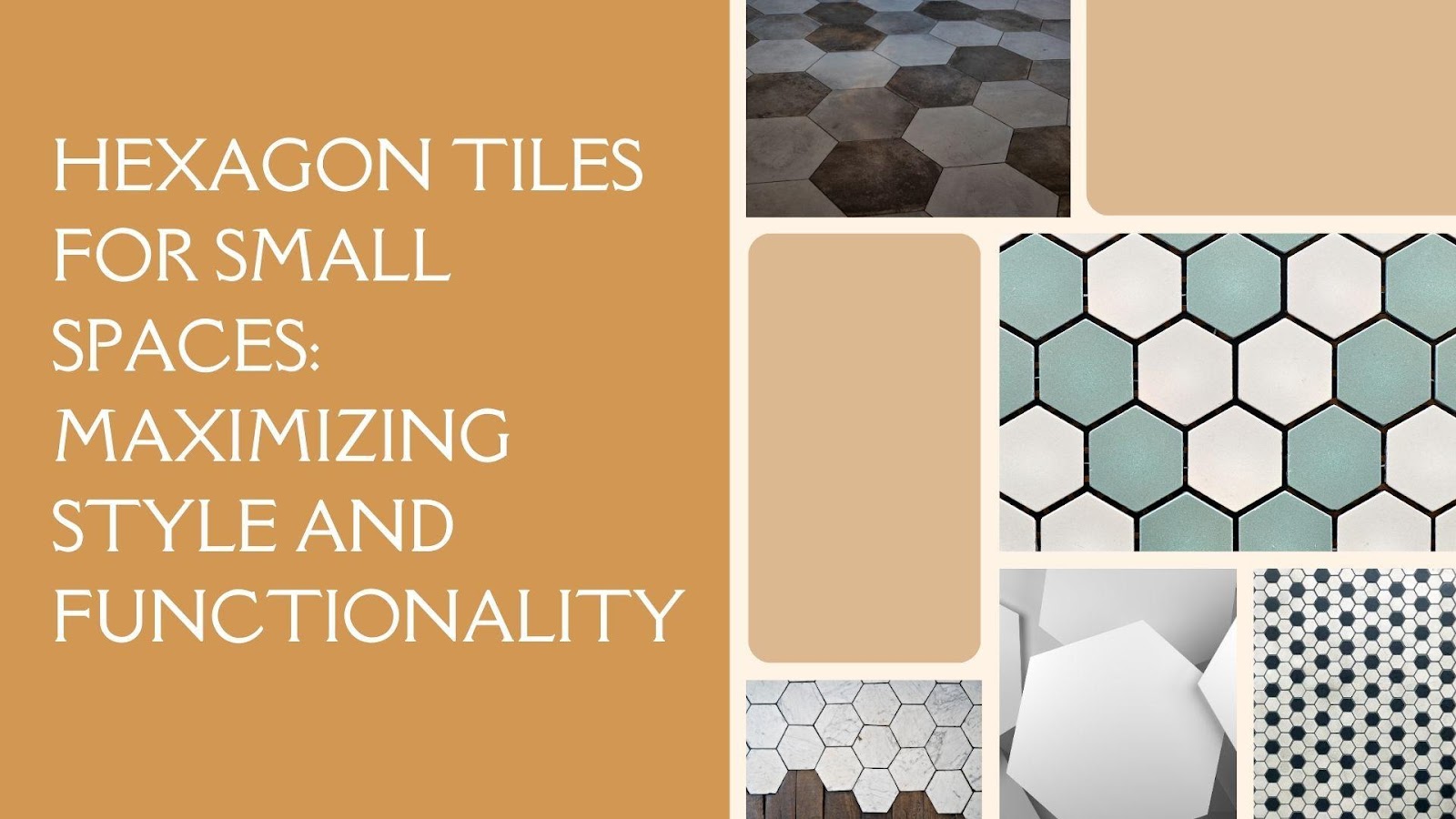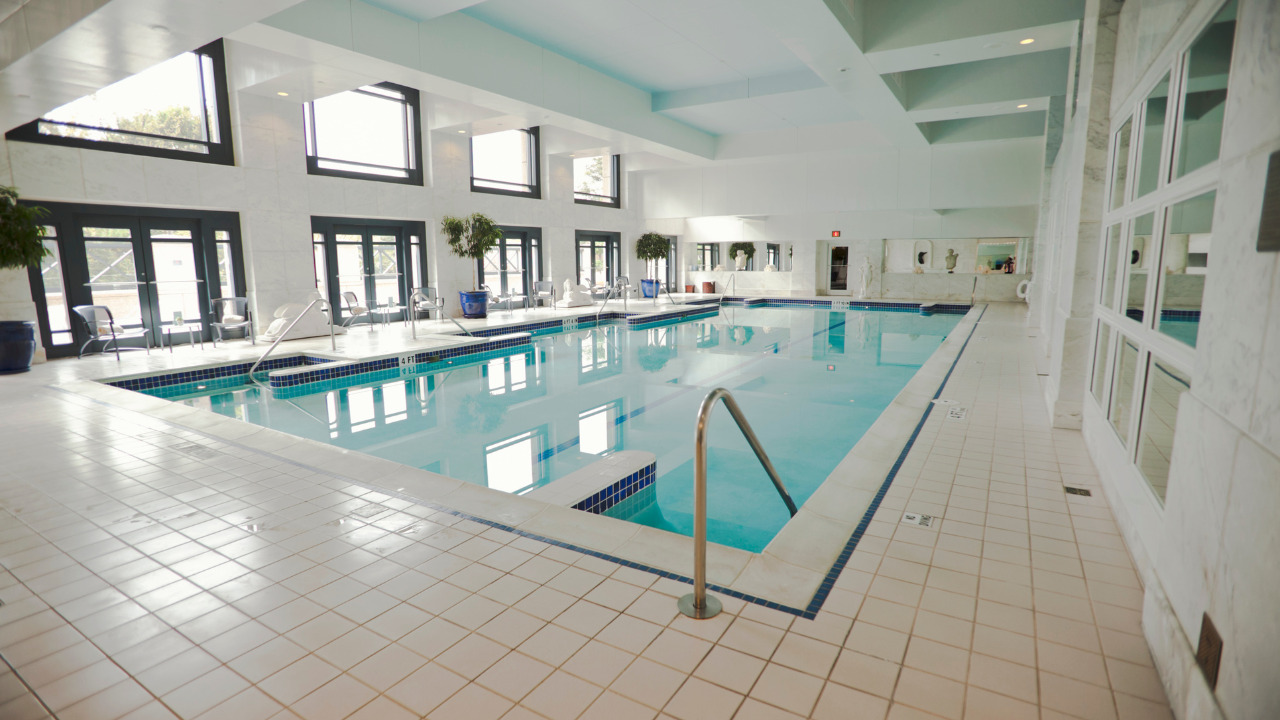When a pool’s calcium levels are out of equilibrium, calcium accumulates as an ugly white-to-white-grey stain or film on the walls or tiles. But don’t worry; calcium scaling is a simple problem to prevent with routine water testing and balancing.
The porosity of your pool’s material directly correlates with your pool’s vulnerability to calcium scaling. Although maintaining a pool might be labor-intensive, it can be much more fun. More so if you ignore your pool over an extended period.
You are then forced to do a great deal of additional work. In your pool, calcium deposits result from hard water, hot days when the water evaporates, and chemicals. Calcium scale will quickly accumulate in a heated pool with a high pH level.
However, you can make your pool look as beautiful as it once did. To find a few techniques for cleaning calcium from pool tiles, continue reading.
Table of Contents
What Are The Reasons For Calcium On Pool Tile?
Pool issues can result from two different forms of calcium. When deposits form, they sometimes take the form of a thin film that accumulates in layers, leaving a residue that is simple to remove off tiles if they are cleaned frequently. Calcium carbonate is what this is.
When build-up occurs, the sharp, crystallized sand particles that adhere to the tiles are occasionally brought on by excessive calcium and pH levels in the water and necessitate more thorough cleaning procedures. Here we have calcium silicate.
Early instruction in calcium removal from pool tiles can help you save time and money. It worsens the longer it is ignored and is frequently referred to as the calcium scale. Ignoring it will harm pool equipment as well as the pools themselves.
Scum lines typically appear as white, or light grey deposits can be prevented by routine cleaning, making removing the pool tile scale simpler. Sometimes all that is necessary is to clean the deposits with a soft cloth.
This task might help the cleaner stay cool on a hot day because it is simpler to complete in the pool. Calcium scales may be taken off, even if it might be challenging, and precautions can be taken to prevent them from reappearing.
Ways To Remove Calcium On Pool Tile
Use Calcium Releasers
You can buy a strong calcium releaser that removes calcium without harming your tile or changing your pool’s pH. It is non-toxic. First, lower the water level in your pool to access the entire tile with the calcium buildup.
Next, split off the calcium crust that is the thickest with a putty knife or pad. After applying the liquid to the tile, give it some time to absorb. You’ll know it’s functioning when the cleaner starts to bubble. To remove the subsequent calcium buildup, scrape the tile using a scrub brush or pad.
You must eliminate every layer of calcium buildup since they accumulate on top of one another. Apply the solution and scrub the tile to remove any remaining calcium deposits. Permit the tile to dry completely.
Then, to prevent further calcium buildup, you can apply a sealant. When using a new product, always adhere to the manufacturer’s guidelines.
Pumice Stones
Caked calcium deposits can be removed with a pumice stone and some elbow grease on pool tiling, but pumice stones shouldn’t ever be used on delicate surfaces like pool linings. Ensure the stones are damp before using them; otherwise, they can harm the tiling.
Another similar technique for removing pool tile scale involves using a cordless drill and a cup or wheel with nylon bristle brushes that can scrub buildup away. However, never use steel cups or wheels since this could harm the pool’s tiling or result in rust accumulating at the pool’s bottom.
Muriatic Acid
Try a muriatic acid and water solution if other cleaning solutions don’t work. Muriatic acid is sold in swimming pool supply stores. Use gloves and exercise caution, though, as muriatic acid can burn or irritate the skin if it comes into contact with the eyes or skin.
Use Vinegar And Water Solution
You might attempt to prepare a DIY cleaning solution to remove calcium from pool tiles. A vinegar and water mixture should be placed in a spray bottle. Spray and scrape as you get a cleaning brush or an old toothbrush.
Cleaning a range of surfaces can be done cheaply and safely using vinegar. The best results, however, come from recognizing pool scaling early. For extreme calcium buildup, it might not work.
Pressure Washing
The pressure washing technique, also known as bead blasting, maybe the most effective approach to removing calcium from pool tiles because it will eliminate even the toughest stains or accumulation of calcium. If you’re concerned about displacing loose tiles, you can rent a pressure washer from a hardware shop or pay a pro to clean it.
Expert pool businesses use magnesium sulfate in compressors to swiftly and effectively eliminate calcium buildup. While it will cost more, it requires much less work.
Conclusion
You can keep your pool tile clean and inviting by taking proactive measures to keep it that way. Vacuuming and washing the tile may be all that’s required. You should include this in your weekly cleaning schedule, if possible. You’ll spend less time and energy on it as you perform it more frequently, just like other cleaning jobs.
Don’t allow calcium dust to ruin your pool’s aesthetic appeal. Use a muriatic acid test to determine the type of calcium in your pool if it has calcium deposits. Once the stains are removed, take measures to stop them from reappearing, such as reducing your pool’s pH and adding an automatic cover.





